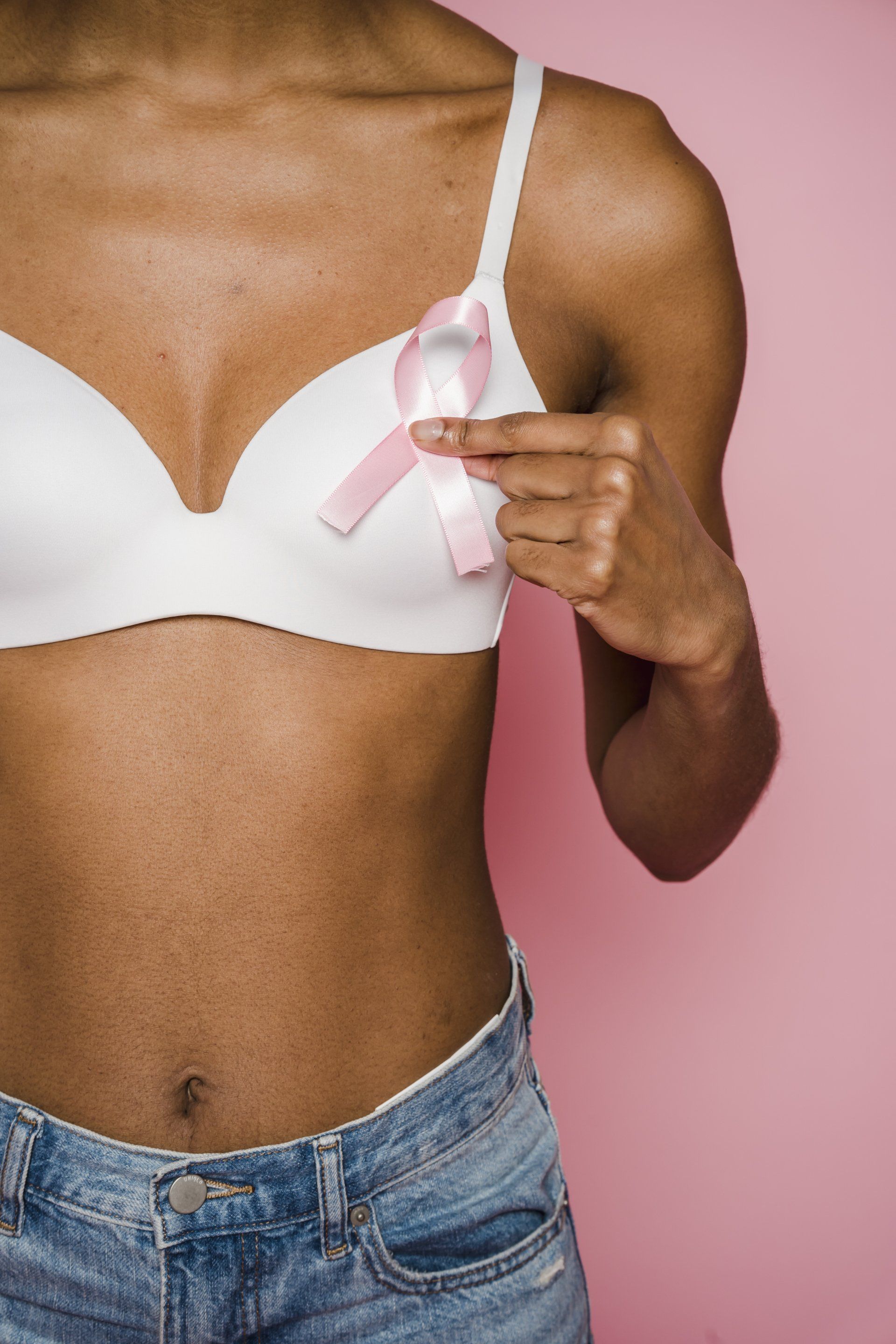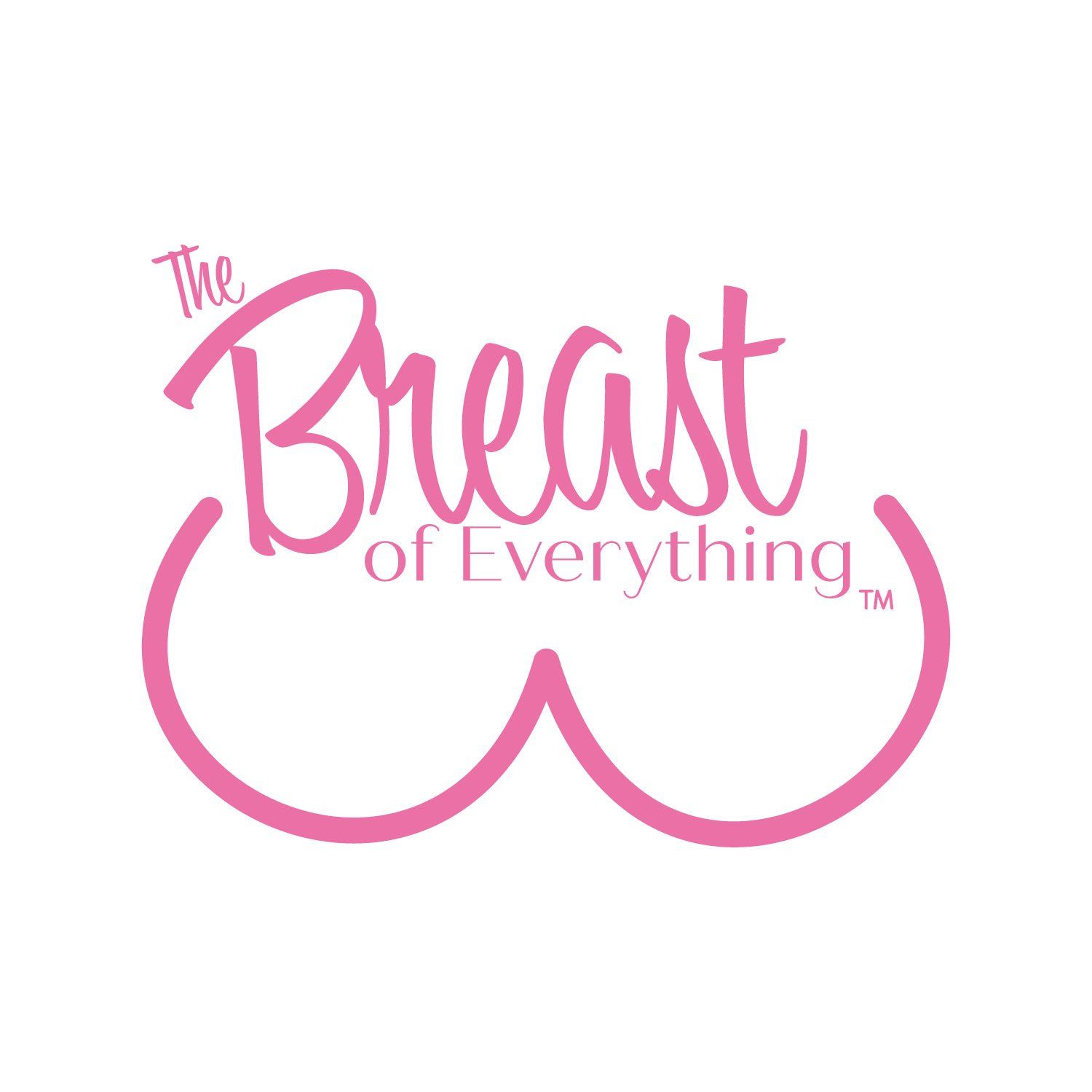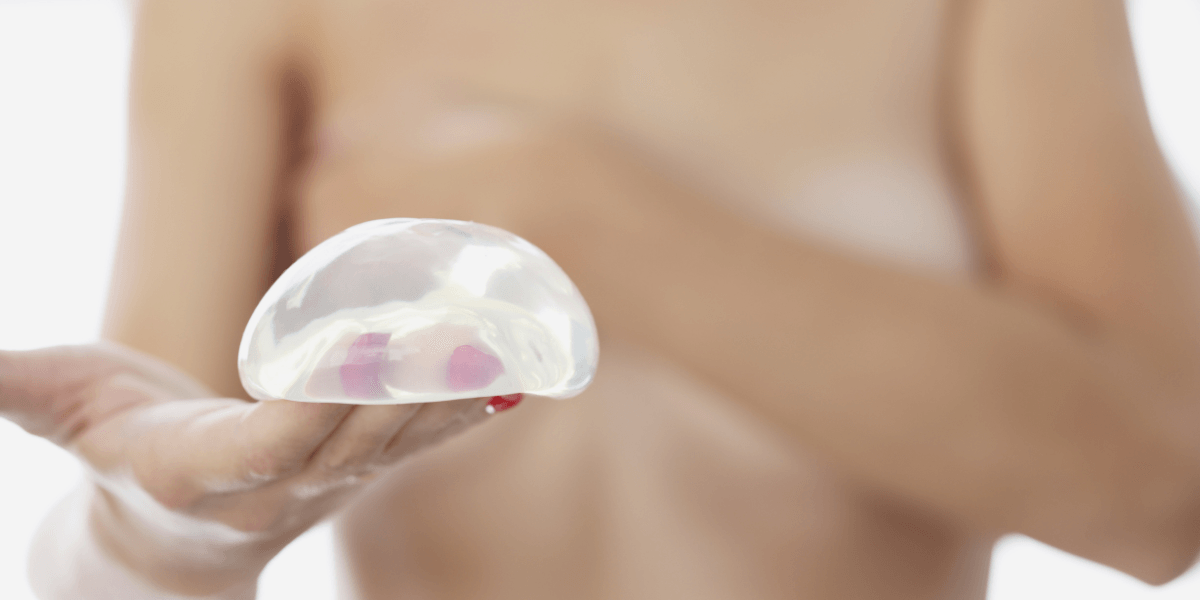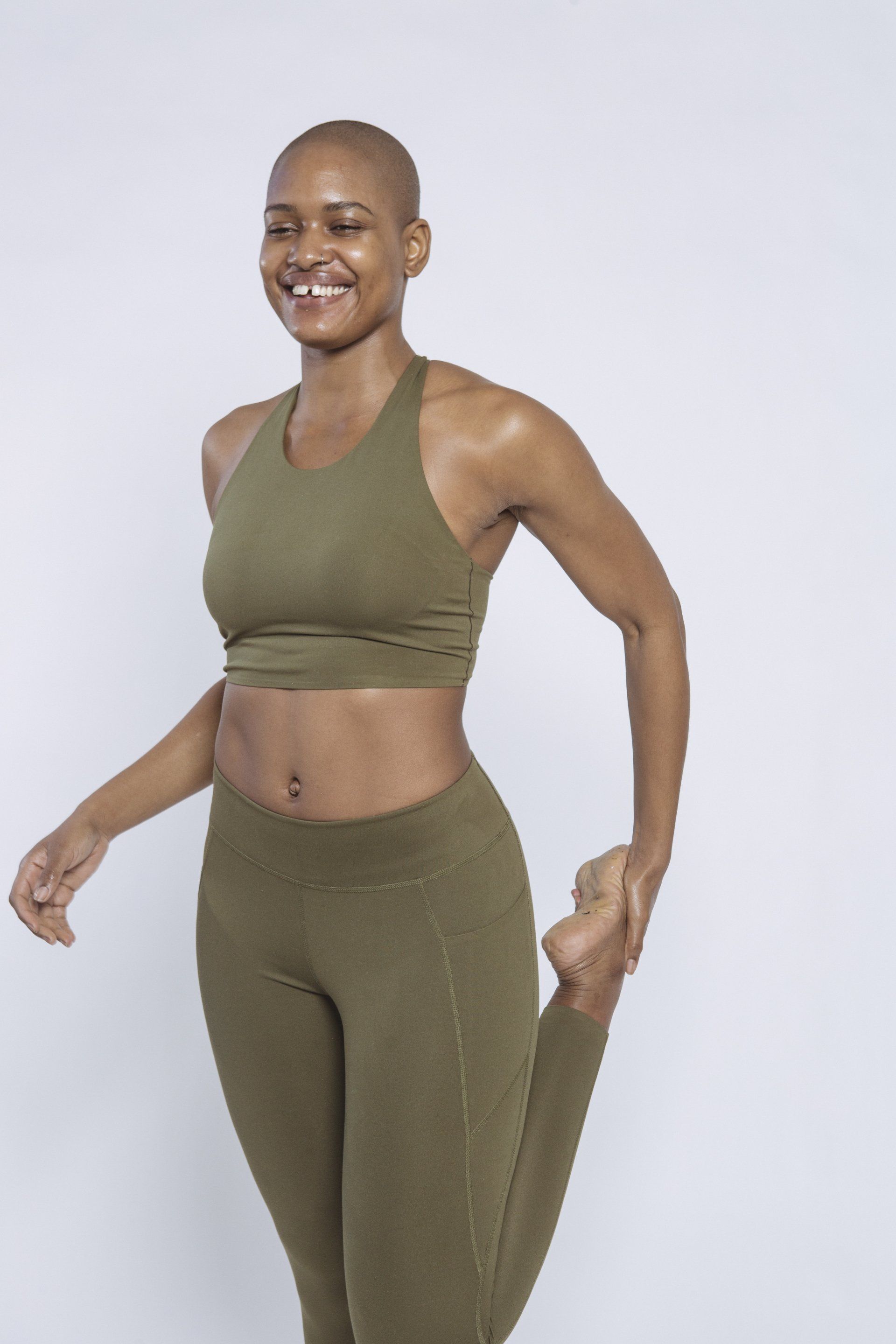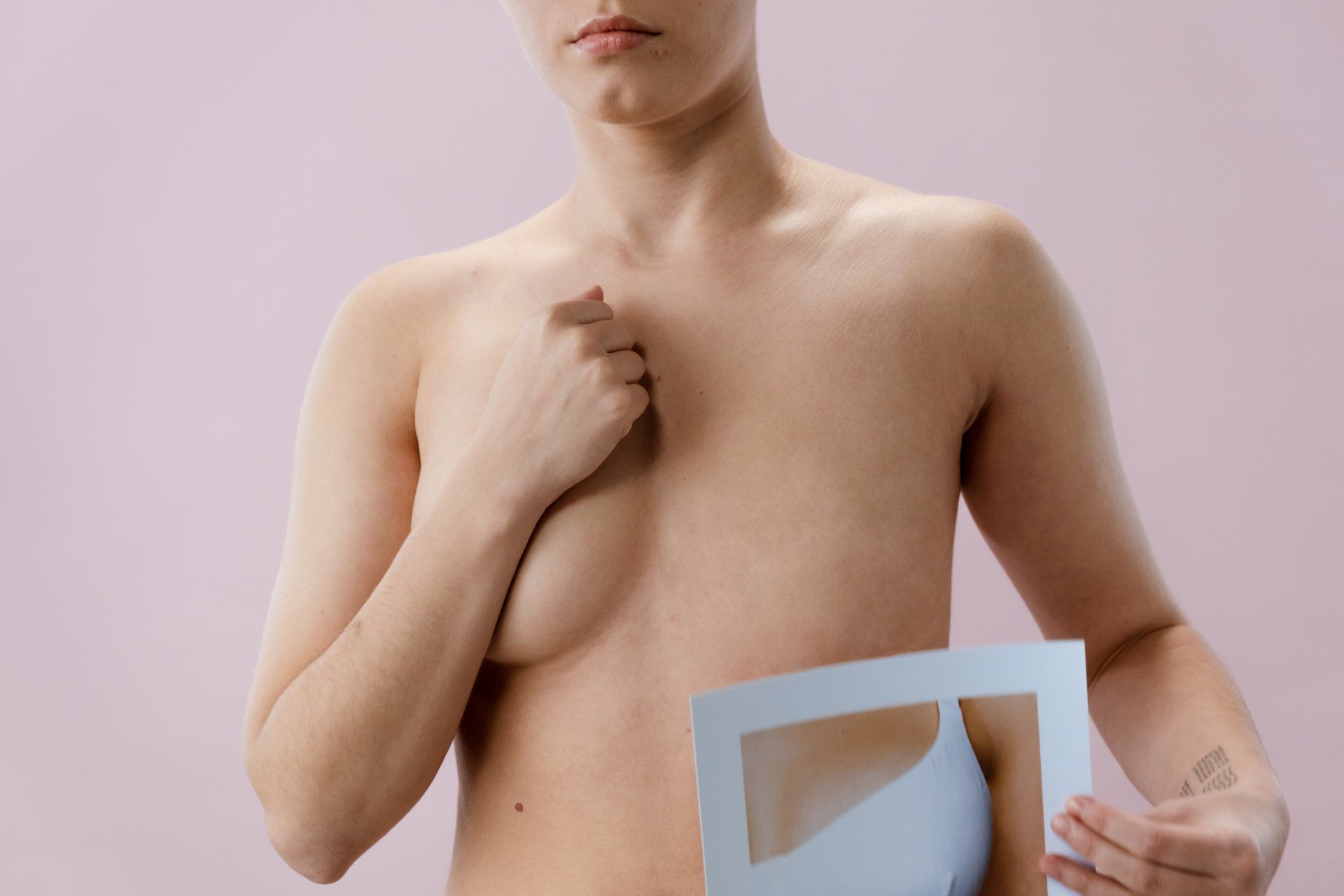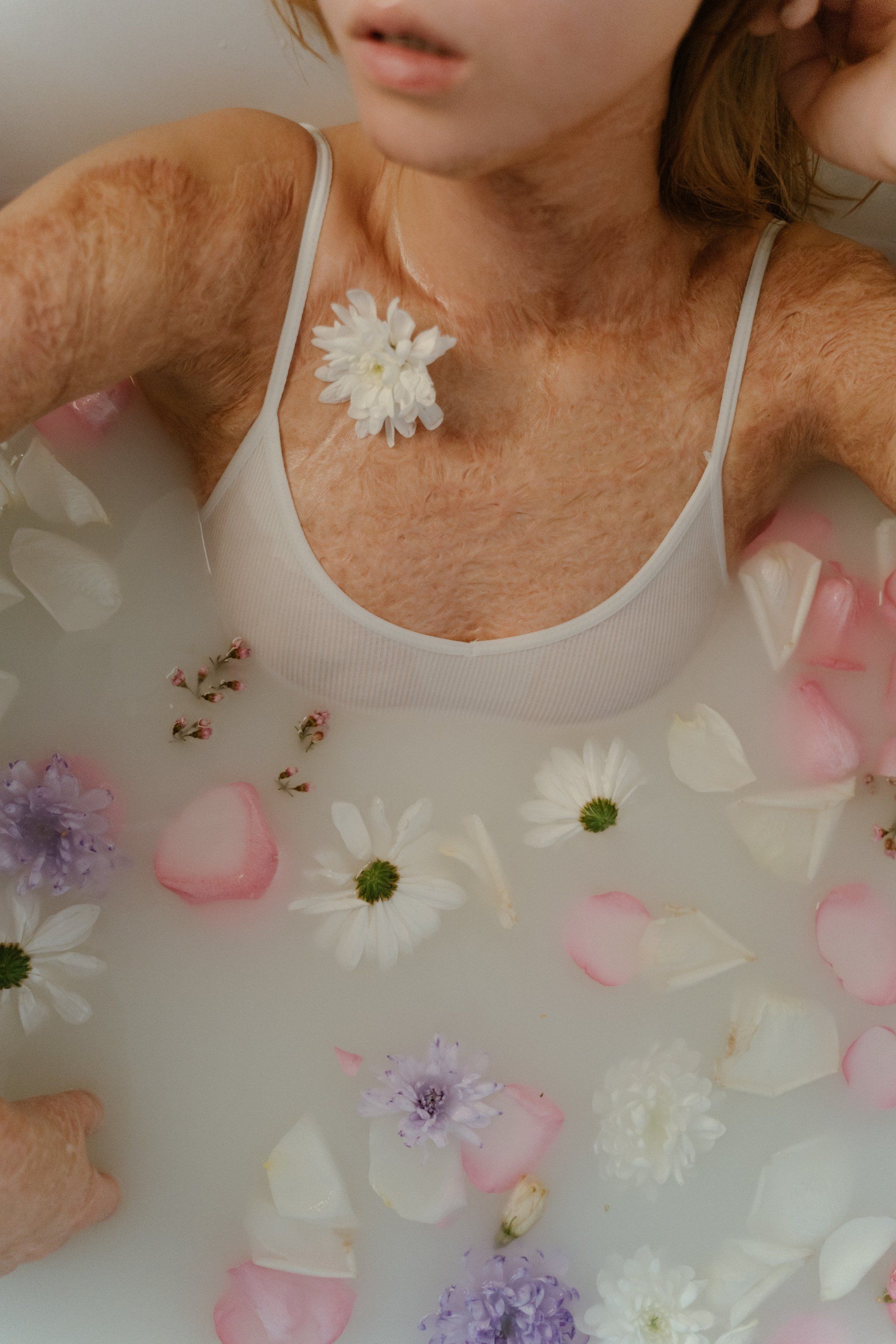The Best Bras After Breast Surgery
If you've had breast surgery, you know that finding the right bra is essential for a comfortable post-surgery recovery.
However, finding a good bra can be tricky. In fact, it can be downright frustrating! But don’t worry, we’re here to help.
In this article, we will discuss the best bras for women who have undergone breast surgery. We will cover everything from post-operative bras to mastectomy bras and everything in between. So whether you’ve had a simple lumpectomy or a full mastectomy, read on for the best tips and advice on finding the perfect bra after breast surgery!
RELATED: Common Causes of Sagging Breasts and Tips for Prevention
12 Kinds of Bra to Wear for Different Types of Breast Surgeries
The Best Bras after Breast Augmentation Surgery
Breast augmentation procedure is a type of cosmetic surgery that is performed to increase the size, shape, or fullness of the breasts. This can be done by placing silicone implants under the breast tissue or by using fat grafting.
If you are considering or have undergone this surgery, here are the breast augmentation bras that you will need for post-op care:
- Medical Compression Bra or Surgical Bra
A medical compression bra is typically worn for the first few weeks after surgery. It ensures that your new breasts heal in the correct position, and the breast implants settle into place.
In addition, surgical bras help to promote blood circulation and minimize swelling and bruising by applying gentle pressure to the chest.
- Stabilizer Bra
This type of breast augmentation bra can help to achieve the best possible results from your surgery. It helps to support the new implants and prevents them from moving around, which can cause pain and lead to complications such as capsular contracture.
Most patients wear a stabilizer bra for at least six weeks after surgery, although some may wear it for longer.
The Best Bras after Breast Reduction
Breast reduction or mammoplasty is a surgery to remove excess breast tissue. It can be used to treat conditions like macromastia, which is when the breasts are excessively large. The surgery can also be done for aesthetic reasons or to relieve pain and discomfort caused by large, heavy breasts.
After undergoing mammoplasty, it is important to choose the right bra to support your breasts and promote healing:
- Post-surgical Recovery Bra
This type of bra helps to support the surgical site and prevent it from becoming stretched out or deformed. Additionally, the bra can help to minimize swelling and pain after surgery.
Recovery bras are typically made from soft, breathable materials that are gentle on the skin. They should be worn 24 hours a day for at least three weeks after surgery, and then as needed during the recovery period.
- Sports Bra
After breast reduction surgery, it is important to wear a supportive sports bra when participating in any type of physical activity. This will help to protect your incision and prevent the development of any complications.
However, you should avoid any high-impact activities for at least four weeks after surgery. Once you have been cleared by your doctor, you can slowly start to reintroduce some lower-impact activities into your routine.
The Best Bra after Mastopexy
Breast lift surgery, also known as mastopexy, is a surgical procedure that can be used to improve the appearance of breasts that have drooped or sagged due to pregnancy, weight loss, or aging. The surgery involves making incisions in the skin and repositioning the breast tissue to create a more youthful look.
After your surgery, your doctor will likely recommend a wireless bra for you to wear:
- Supportive Wireless Bra
This type of bra will help to support your new, higher breasts and prevent them from sagging. They often have wide straps and bandeau-style cups that provide lift without putting too much pressure on your incisions.
In addition, they are often made from breathable material that helps to keep you cool and comfortable.
The Best Bras after Lumpectomy
Lumpectomy is a surgical procedure to remove cancerous tissue from the breast. The surgery usually involves removing the tumor along with a small margin of healthy tissue around it.
One of the most difficult challenges after lumpectomy is finding a bra that is both comfortable and flattering. Luckily, there are bras on the market that are suitable for patients who have had this surgery:
- Soft Cup Bra
Following a lumpectomy, many women choose to wear a soft cup bra to support their breasts and help them recover from surgery.
Soft cup bras are typically made from lightweight materials such as cotton or spandex, and have a wide strap that distributes weight evenly across the shoulders.
They also have a wide band around the bottom that helps to support the breasts and prevent them from moving around. Most importantly, soft cup bras provide gentle compression, which can help to reduce swelling and discomfort after surgery.
- Pullover Lounge Bra
Many women find that a pullover lounge bra is the most comfortable option after undergoing a lumpectomy. This type of bra provides gentle support and does not have any hooks or straps that could irritate sensitive skin.
In addition, a pullover bra can be easily put on and taken off, which is helpful for women who have reduced mobility after surgery.
The Best Bras after Mastectomy
Mastectomy is a surgery to remove all of the breast tissue. It is usually done to treat breast cancer, but it can also be done to prevent breast cancer from developing.
Here are the types of bra that you should keep in mind when shopping for undergarments after mastectomy:
- Front-Closure Bra
These bras fasten in the front, making them easier to put on and take off than traditional bras. They also often have wider straps, which can provide additional support and comfort.
Front-closure bras are available in a variety of styles, so you can choose one that best fits your needs.
- Full Coverage Bra
This type of bra provides full coverage of the breast, as well as support and lift. They are also often made with comfortable fabric that will not irritate the skin.
When choosing a full coverage bra, it is important to pay attention to the fit. Make sure that the band is snug but not too tight, and that the cups offer adequate coverage.
You may also want to consider a bra with adjustable straps, so that you can customize the fit.
RELATED: Firm Breast Workout: 6 Chest Exercises to Lift Breasts
- Plunge Bra
After undergoing mastectomy surgery, many women feel self-conscious about their appearance and worry that they will never feel attractive again. However, a plunge bra can help to restore a woman's confidence and give her a feeling of normalcy.
Plunge bras have a deep V-shaped neckline, which can help to create the appearance of a fuller bust. They also offer support and lift without compromising comfort.
Plunge bras are often made with soft, stretchy fabrics that are gentle on sensitive skin. In addition, they can be worn with a variety of different tops and dresses, giving you the freedom to choose what you wear.
- Pocketed Bra
These bras have special pockets built into the lining, which allow you to insert a breast prosthesis or artificial breast. This provides a more natural look and feel, and also helps to keep the prosthesis in place.
There are two types of pocketed bras: those with built-in pockets, and those with attachable pockets.
Built-in pocketed bras typically have a wider band and may be more comfortable to wear. Attachable pocketed bras are lower in profile and can be easier to put on and take off.
Pocketed bras can be made from a variety of fabrics, including cotton, Lycra, nylon, and polyester.
- Padded Bra
Padded bras can provide extra coverage, and they can help to create the appearance of a fuller chest.
There are different types of padded bras available, so it is important to find one that fits well and provides the amount of padding that you are looking for. Some padded bras also have built-in prosthetics, which can provide even more coverage.
What to Look For in a Post-surgery Bra
Choosing the right post-surgery bra is an important part of the recovery process, and there are a few things to keep in mind when making your selection:
- Comfort
After surgery, it is important to choose a bra that is comfortable to wear. You may want to avoid underwire bras or those with constrictive elements.
- Size
It is important to make sure that your bra fits properly. Your new bra size should be snug but not too tight, and the cups should offer adequate coverage.
- Support
A good post-surgery bra should provide support and lift without being constricting. Select a bra with wide straps and a wide band for the best support.
- Style
There are many different styles of post-surgery bras available, so you can choose one that best fits your needs. Consider a front-closure bra for easy on and off, or a plunge bra for a boost of confidence.
- Adjustability
An adjustable bra is a good choice after surgery, as it will allow you to customize the fit. Choose a bra with adjustable straps and a back closure for the best adjustability.
- Soft Fabrics
After surgery, it is important to choose a bra made with soft, comfortable fabrics. Avoid bras that are made with scratchy or stiff materials that could irritate the skin.
- Longer Lines
Many post-surgery bras are specially designed with longer lines to provide extra coverage. If you are self-conscious about your appearance after surgery, choose a bra with a longer line for more coverage.
The Bottom Line
Wearing the right post-surgery bra is an important part of the recovery process. There are many different styles available, so it is important to choose one that is both comfortable and supportive. Be sure to try on a variety of new bras to find the perfect fit, and talk to your surgeon if you have any questions or concerns.
Up Next:
- Ultimate Breast Massage Guide: When, Why, And How To Do It
- Atypical Ductal Hyperplasia: What You Need To Know
- How To Prepare For A Mammogram: Your Ultimate Guide
